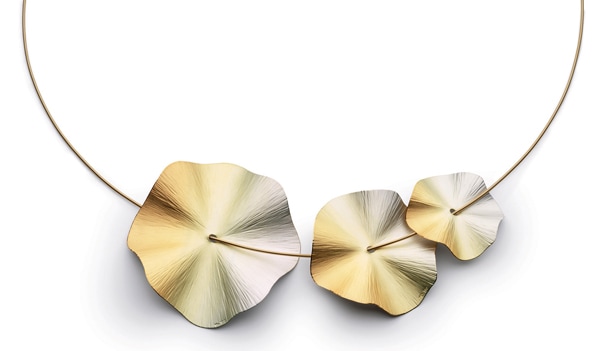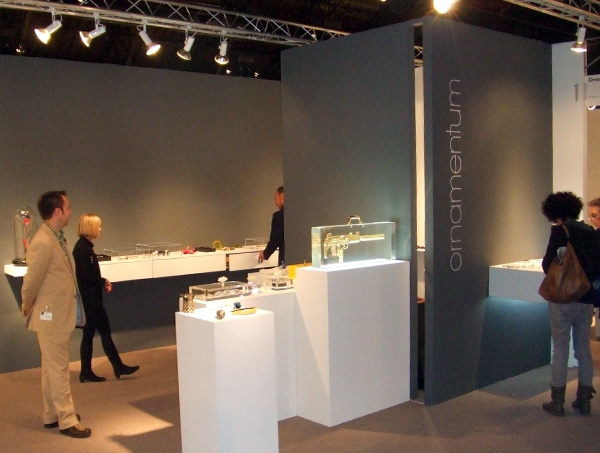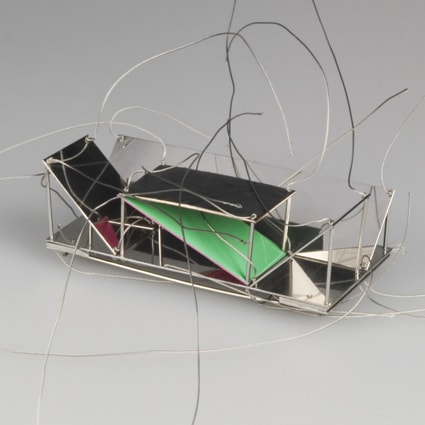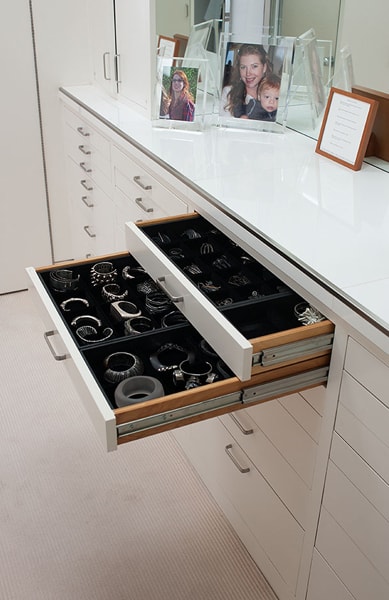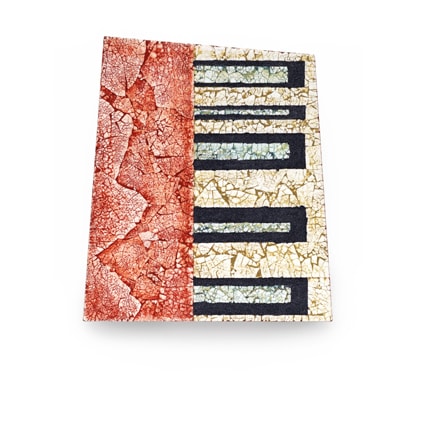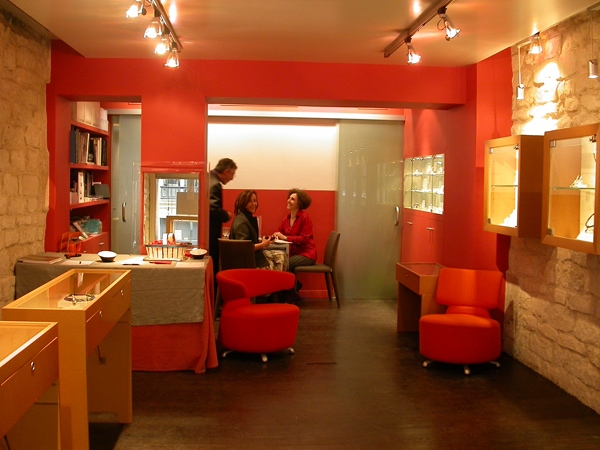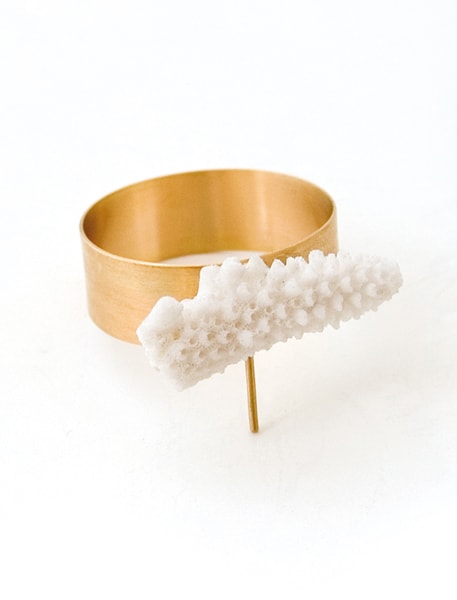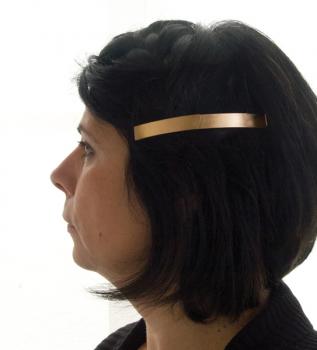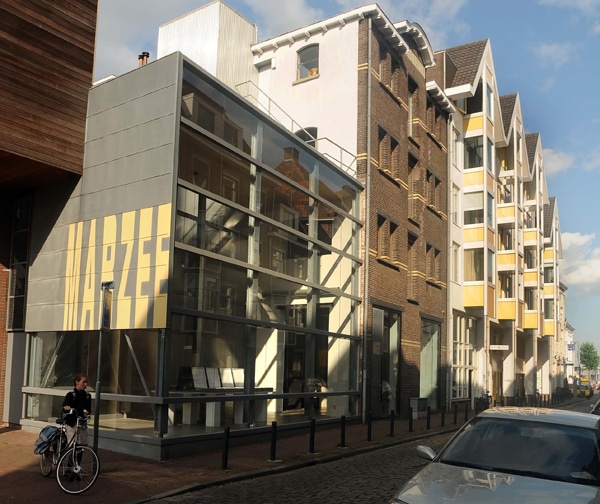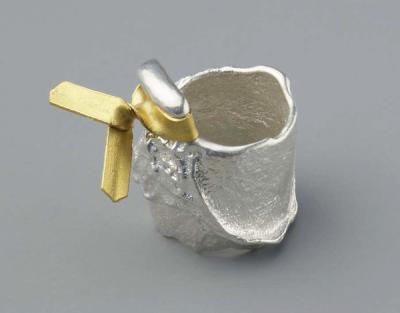The Four Seasons of Gold
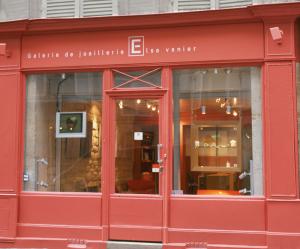 Galerie Elsa Vanier in Paris, France, is a fairly recent addition to the gallery list for AJF. Elsa Vanier is one of the owners of the gallery and the one who makes the final decisions about the gallery show schedule. In a recent interview she said, ‘What I like about jewelry is something about the way it survives us and what it teaches us about past civilization: Something deeply human. For me, a piece of jewelry is a continuity of our personality, it does not need to be costly, but either it is a fashion accessory or it is a work of art.’ Her choice is the work of art using mostly gold and stones with an excellent designer. This month her excellent designer of choice is the jewelry company Niessing in a show she calls The Four Seasons of Gold.
Galerie Elsa Vanier in Paris, France, is a fairly recent addition to the gallery list for AJF. Elsa Vanier is one of the owners of the gallery and the one who makes the final decisions about the gallery show schedule. In a recent interview she said, ‘What I like about jewelry is something about the way it survives us and what it teaches us about past civilization: Something deeply human. For me, a piece of jewelry is a continuity of our personality, it does not need to be costly, but either it is a fashion accessory or it is a work of art.’ Her choice is the work of art using mostly gold and stones with an excellent designer. This month her excellent designer of choice is the jewelry company Niessing in a show she calls The Four Seasons of Gold.
Susan Cummins: Elsa, why did you call the show The Four Seasons of Gold?
Elsa Vanier: From green to reddish, red and white, Niessing masters all the luxurious hues of gold. They do their utmost to offer most pieces in the four main colors, especially bands. They also search constantly for new ‘effects’ and recently invented aura, a 750 gold that ‘goes’ from red to white (see, for example, the Aura rings). For me green is a landscape at spring, yellow is summer, red autumn and white or grey winter . . . thus the name.
The Four Seasons of Gold Read More »
